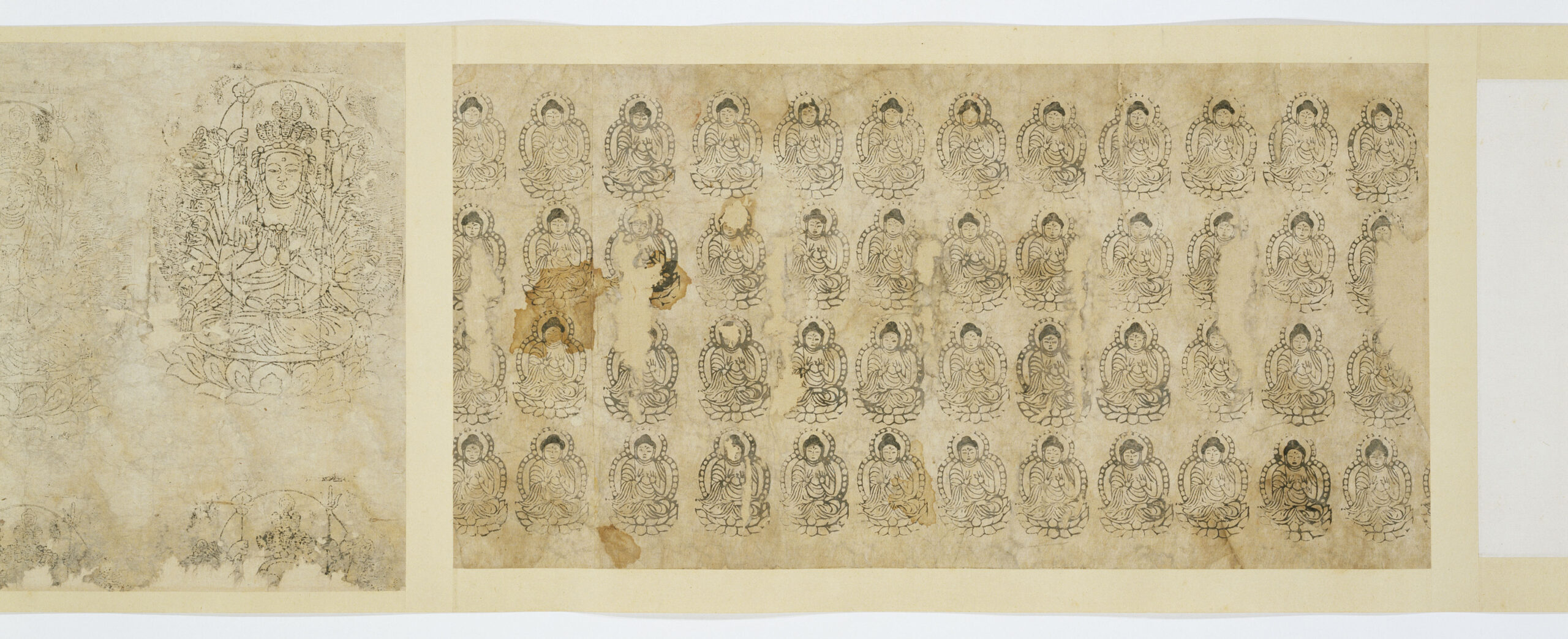 Bookbinding in Japan has a long history, originally influenced by China. It began with scrolls and later developed into accordion-fold books, whirlwind binding, paste-down binding, and pouch binding. Along the way, Japan also created its own unique style called Retsujosou (列帖装).
Bookbinding in Japan has a long history, originally influenced by China. It began with scrolls and later developed into accordion-fold books, whirlwind binding, paste-down binding, and pouch binding. Along the way, Japan also created its own unique style called Retsujosou (列帖装).
From the early Edo period, books were no longer just for nobles or the imperial family—ordinary people were reading them too. This was also the time when ukiyo-e woodblock prints became popular, spreading art and knowledge to the public.
Japanese books are handmade with washi (Japanese paper) and traditional binding methods. Common styles include four-hole binding, folded-page books, Yamato-toji (大和綴), scrolls, and handscrolls, as well as Edo-period account and receipt books. The textblock is usually folded into double-leaved pages, with the folded edge at the fore-edge, so only one side of the paper is written on.
Books are often kept in beautifully crafted cases, such as Chitsu (folding cases) or Meotobako (paired boxes), reflecting the care and respect for the book itself. Western-style bookbinding arrived in the Meiji era, but Japanese watoji (stab binding) is still loved for its elegance and is often used for unique, artistic designs.
This is a general overview; interpretations may vary.
出典:ColBase (https://colbase.nich.go.jp)
